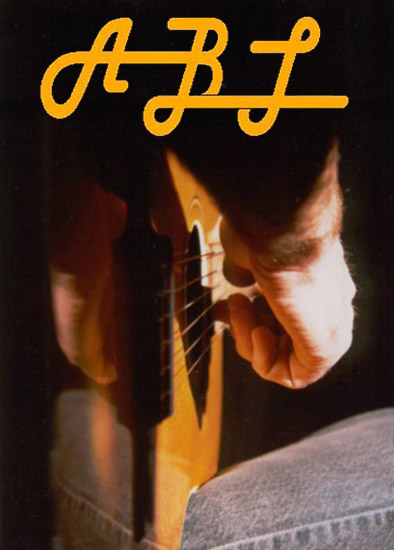|
Column Archive |
||
March, 2013 |
"Composing Tools For Your Songwriting Toolbox Part 1: Rhythmic Phrases" |
by Webmaster |
|
"Measure For Measure" by David Alzofon's columns in American Songwriter inspired this column. It includes 'Easy' is Just a Four-Letter Word in the March / April 2012 issue, The Truth About Those Three Chords in the May / June 2012 issue, Unchained Melody in the July / August 2012 issue, Sex, Drugs and Dopamine in the September / October 2012 issue and The Sound of Music in the January / February 2013 issue. Most songwriting books, classes, workshops, etc. concentrate on lyrics. Alzofon's series of articles is the best description of how to write music that I have found. All quotations that are not specifically attributed to someone else come from David Alzofon's columns. Indented portions are paraphrases of Alzofon's words.
In addition to the material in Alzofon's articles, I have included some basic music theory and other tips I've learned from various music and songwriting books, workshops, teachers, and my good friend B. J. Suter.
I appreciated the advice Alzofon learned from his boss:
He suggests we divide difficult tasks, like writing a song, into small, easy ones.
I wrote a series of three columns using these tasks. This column concentrates on rhythic phrasing. The next column concentrates on chords, and the third column concentrates on melody.
Shortly after I read this first article, I decided to compile a songbook of covers I could perform at coffee shops and open mics. I chose songs I learned years ago, and songs I've wanted to learn for a long time, songs that have achieved some success in getting heard and have stayed with me for a long time. I did not restrict myself to any genre. What did I find? That most of those songs could easily be broken down into 2-measure phrases. Even songs with complex rhyming patterns and a lot of words, like "Past the Point of Rescue" by Hal Ketchum, were written using 2-measure phrases.
If you have trouble with a consistent rhythm, try reading your lyrics out loud while walking or dancing to them. Tap your hands as you read the lyrics. Make sure you're pronouncing the words correctly, and not accenting the wrong syllable to force a rhythm. You can even write out your lyrics and put different-looking symbols above each syllable, then make sure you have the same number and pattern of down-beats and "off-beats" in each line by counting the symbols.
Consider your lyrics when you create your rhythm. Rhythm plays a part in the emphasis of specific words. Words (and phrases) that start on the downbeat of a measure are emphasized. Words (and phrases) that start on an off-beat following the downbeat are not as important. Words that lead into an important phrase, like "the" and "when" can be put in pick-up notes that preceded the downbeat. Varying the lines starting with downbeats and off-beats, adds interest. In the chorus to "You Were the Road," each of the four lines starts with "You were the ..." The first three start on the off-beat following the down beat. That diminishes the importance of the first few words and puts emphasis on the image that follows. The fourth line, starting with "You were the road," starts on the downbeat. It draws the listeners attention to the fourth line, the title of the song, and puts the emphasis on "You."
In addition, you might consider the form of your song when you create your rhythm. Try changing the rhythm from verse to chorus. The verse might be in quarter notes and the chorus might use half and whole notes to emphasize the images. Or, the verses might be done in half and whole notes, to make them seem slower, and the chorus could be done in quarter notes to make it seem faster and more energetic.
Tempo is vital to the rhythm of a song. If it is too slow, it may sound like a dirge and listeners will lose interest. If it is too fast, listeners won't have time to hear all the words and get the meaning of of the song. What is the emotion of your song? A happy song will usually have a faster tempo than a sad song (unless it's a bluegrass song). Not every song will use every "tool" that you learn from various songwriting books, classes, and articles. But it's great to have a full tool box and know what to use, when to use it, and why.
Next month's column concentrates on chords. Thanks for visiting AcousticByLines.com! |
|||
| TOP | |||

